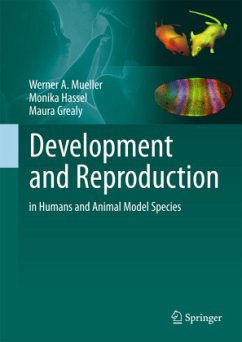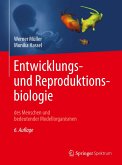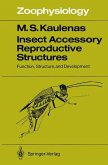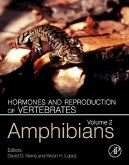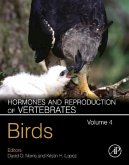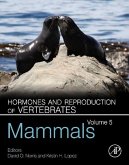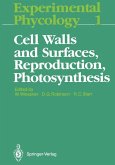This book describes human development including sexual reproduction and stem cell research with the development of model organisms that are accessible to genetic and experimental analysis in readily understandable texts and 315 multi-colored graphics. The introductory account of model organisms selected from the entire animal kingdom presents general principles, which are then outlined in subsequent chapters devoted to, for example, sexual development; genes controlling development and their contemporary molecular-analysis methods; production of clones and transgenic animals; development of the nervous and circulatory systems; regenerative medicine and ageing. Finally the evolution of developmental toolkits and novelties is discussed including the genetic basis of the enlargement of the human forebrain.
Separate boxes are devoted to controversial questions such as the benefits and problems of prenatal diagnostics or the construction of ancient body plans.
Separate boxes are devoted to controversial questions such as the benefits and problems of prenatal diagnostics or the construction of ancient body plans.
"This English language textbook is a translation and updating of the fifth German edition. Production is excellent with a readable text, copious figures, and a detailed index. ... the volume does contains 50 pages of references organized by chapter topics. ... Much of the material is on human development ... with other animals used as model species." (Brian K. Hall, The Quarterly Review of Biology, Vol. 91 (1), March, 2016)

